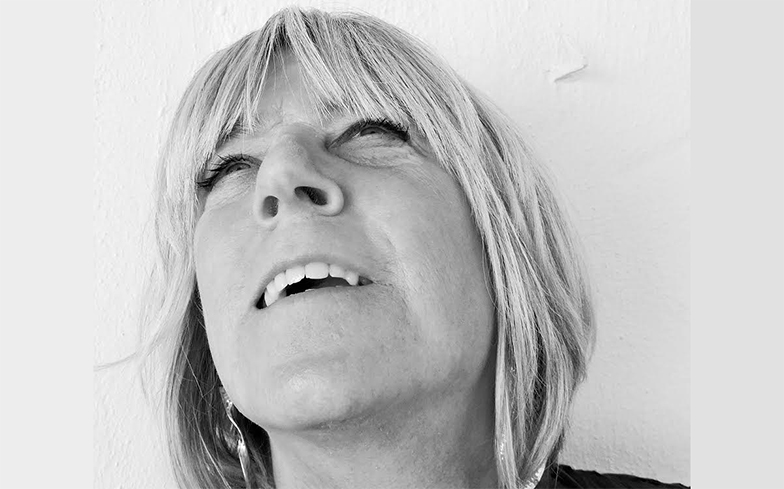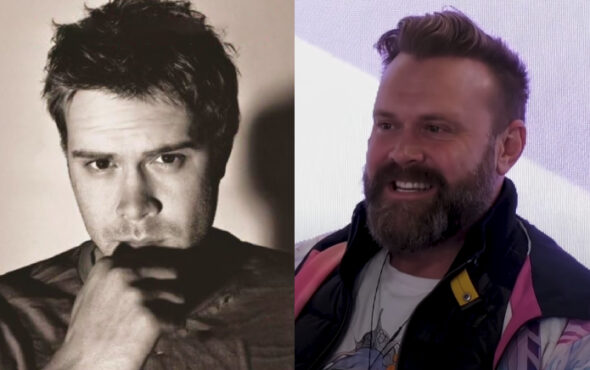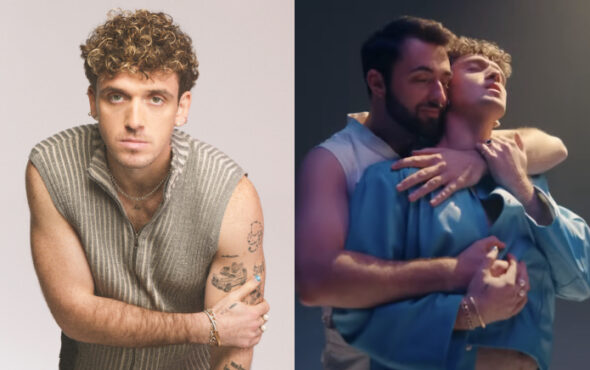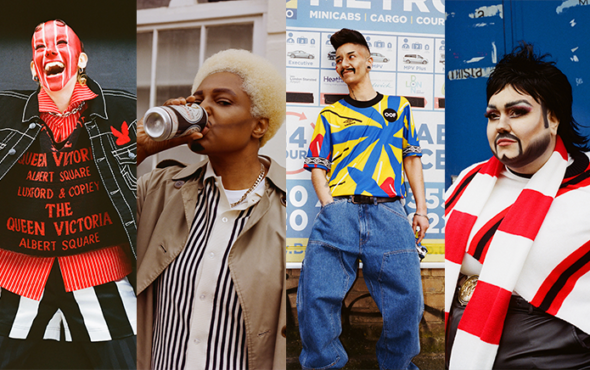
After the tipping point in which trans lives were seemingly celebrated right across mainstream media, it’s clear that this narrative had at its core mainly trans women and a scattering of trans men who almost exclusively were depicted as perfectly cisnormative and often loaded with cis aspiration.
Rippling or lithe bodies, chiselled chins or soft feminine features heralded as the dawn of a new age in which trans lives and identities could flourish. There were the models, frequently pictured in campaigns, on covers and runways who would open doors for the rest of us motley crew. And they did do some incredibly important work to shift societies perceptions of what it meant to be trans – being trans could be aspirational, being trans could mean success. That represented a seismic shift. They are aspirational and desirable, most would not look at Aydian Dowling or Talulah-Eve Brown and think otherwise.
But in simple terms, not everyone looks like a model, and we are still struggling to create structures based around the ‘average’ trans person beyond the #ThisIsWhatTransLooksLike hashtags that populate Instagram and Twitter. Many people are still utterly invisible and therefore often at risk. Being invisible can mean little or no care, and we know that being systemically ignored can lead to poor healthcare and legislative protection.
Outside of the informed community, trans men are almost entirely left out of conversations around sex, risk and HIV – be they straight, gay, fluid, poly, questioning or exploring. It sometimes feels that trans men are inexplicably placed outside of the ‘sex-catchment zone’ that we presume trans femmes solely occupy, a narrative that has its roots in the trans woman as ‘she-male’ porn caricature which places the trans femme body as being a segmented-spectacle, a totem of sexual-splicing, the ultimate hybrid, a chick-with-a-dick.
As reductive as that caricature can seem, it at least places the trans femme identity within a broad sexual context which posits the between-body as a thing of ‘beauty and desire’ and begins to explore the visibility of trans femme sexuality. It can for example lead to community conversations around surgery, eroticisation, and the exploitation of segments of our experience, which on some level challenges the cis preoccupation with ‘pre and post op’ and allows us to reclaim and weave our own narratives.
Related: Kim Petras: ‘It’s extremely important people are educated about trans kids’
Trans men and trans masculine identities are far too often absent from most mainstream conversations outside of an inner trans sphere. There is an almost one dimensional homoeroticism of the trans male body as hyper masculine, images of trans men across the covers of gay magazines, shirtless, ripped and to all intents and purposes subsumed into a heteronormative male model of perfection. The words ‘who would know?’ linger and twirl around the pubic-line, even in their absence.
It’s frequently a beautiful image but at the same time reductive, as much as it reveals everything above the waist it never mentions, alludes or respects the whole trans male body or anywhere below the waist. It studiously avoids the trans man with vagina.
Real lives, real sex, desire and eroticism are often lacking in cis ownership.
This can effectively silence some debate and feed into the unreal stereotype of hyper masculinity occurring above the waist which leaves a void below the waist. This fetishistic trope takes away the ‘personal’ and replaces it with anodyne consumption, the male torso as pectorals, six pack, powerful shoulders and narrow waist. It thrusts the trans masculine media depiction into a perfectly detached statuesque singularity.
That’s not to say we shouldn’t celebrate the work that goes into creating a perfect body – biceps, six packs and sculpted pectorals don’t grow on trees, they are works of art grafted from hours and hours of exercise and pumping weights. We should celebrate hard work and achievement in all its forms. But does cis depiction of transness help us to grow? Do front covers help us move along?
On some level, of course they must. I saw and experienced attractive trans women as a real boost when I started out on my journey. I aspired because I felt that maybe I could be attractive like them and seemingly as accepted as they were. Maybe I was drawn to the idea of blending, a safety of fitting in, and that really matters. Not blending for passing’s sake, but to be safe.
I talked to a trans male friend recently and asked him how he felt about the current depiction of trans men. He said that seeing beauty was on many levels aspirational, “There is nothing wrong in seeing a beautiful body that you’d like to both look like and fuck, why should it be any different for us, the trans community?”
He went on to say that it becomes problematic if the only images you see of trans men are those where the whole body is reduced to a torso as it extinguishes the trans man as a real person, a real sexual being with needs and desires and maybe a vagina.
Perhaps until cis society truly accepts trans people with the genitals of their choosing then we will always be consumed by them on cisnormative terms and shoehorned in ‘acceptability’.
You can follow Juno on Twitter at @justjuno1. Queer Sex is out April 2018.
Get your hands on our latest issue now at buy.gaytimes.co.uk



